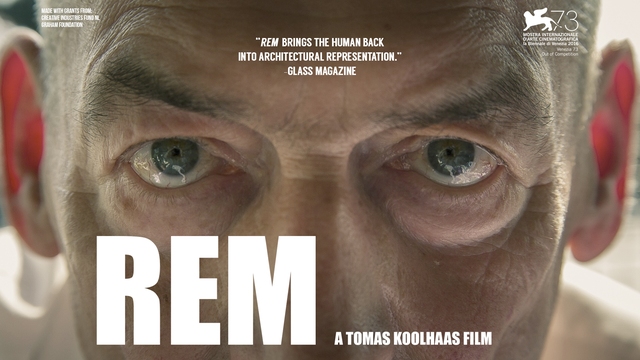The Producers

Tomas was born in London on 16th April 1980. He worked at MTV UK and for TANK magazine where he was exposed to production, editing and experimental artistic photography techniques for the first time. With these two very different creative experiences ruminating, Tomas moved to Los Angeles to study cinematography. He secured his first feature film job as a cinematographer straight out of film school. In the following twelve years, Tomas worked all over the world but mainly in Hollywood shooting a variety of projects such as art films, music videos, short films, narrative features, and documentaries. REM is Tomas’s first foray as a feature film director.
Making The Film

When you make a film about your father the first thing people ask you about is objectivity, or more specifically your lack of it. Without getting too philosophical about it I believe no human being is capable of true objectivity, but it is true that as Rem’s son I’m even less objective than an outside film maker would be. Instead of seeing this as an obstacle to be overcome I decided to use my specific subjective perspective to give the audience insight into aspects of Rem’s work, life and way of thinking that no one else could.
My goal with the film was to show things that have never been shown before, in a more evocative and visually dynamic way than most architecture films. I also wanted the film to be more than just an aggregator of cerebral information, talking head interviews, renderings, technical drawing and architectural shop-talk. I wanted REM to connect with the viewer on a deeper subconscious level rather than just a purely cerebral one, to show the buildings in a more alive and dynamic way, to show Rem in a fuller and more visceral way and importantly to show a ground level perspective of the human stories that span the history of the buildings, from the design process to construction to many years post-occupancy.
 Over four decades, 'starchitect' and master provocateur Rem Koolhaas has shaken up the field of architecture, and redefined the role of the architect in the world. Filmmaker Tomas Koolhaas spent 3 years following his father around the globe, playing witness to Rem's extraordinary creativity, as well as exploring his works through the eyes of those who actually inhabit them. REM is a rare and unique insight into the mind of a genius.
Over four decades, 'starchitect' and master provocateur Rem Koolhaas has shaken up the field of architecture, and redefined the role of the architect in the world. Filmmaker Tomas Koolhaas spent 3 years following his father around the globe, playing witness to Rem's extraordinary creativity, as well as exploring his works through the eyes of those who actually inhabit them. REM is a rare and unique insight into the mind of a genius.
 Venice Film Festival – Official Selection
Venice Film Festival – Official Selection
 Architecture and Design Film Festival – Official Selection
Architecture and Design Film Festival – Official Selection
 Arquiteturas Film Festival – Official Selection
Arquiteturas Film Festival – Official Selection






